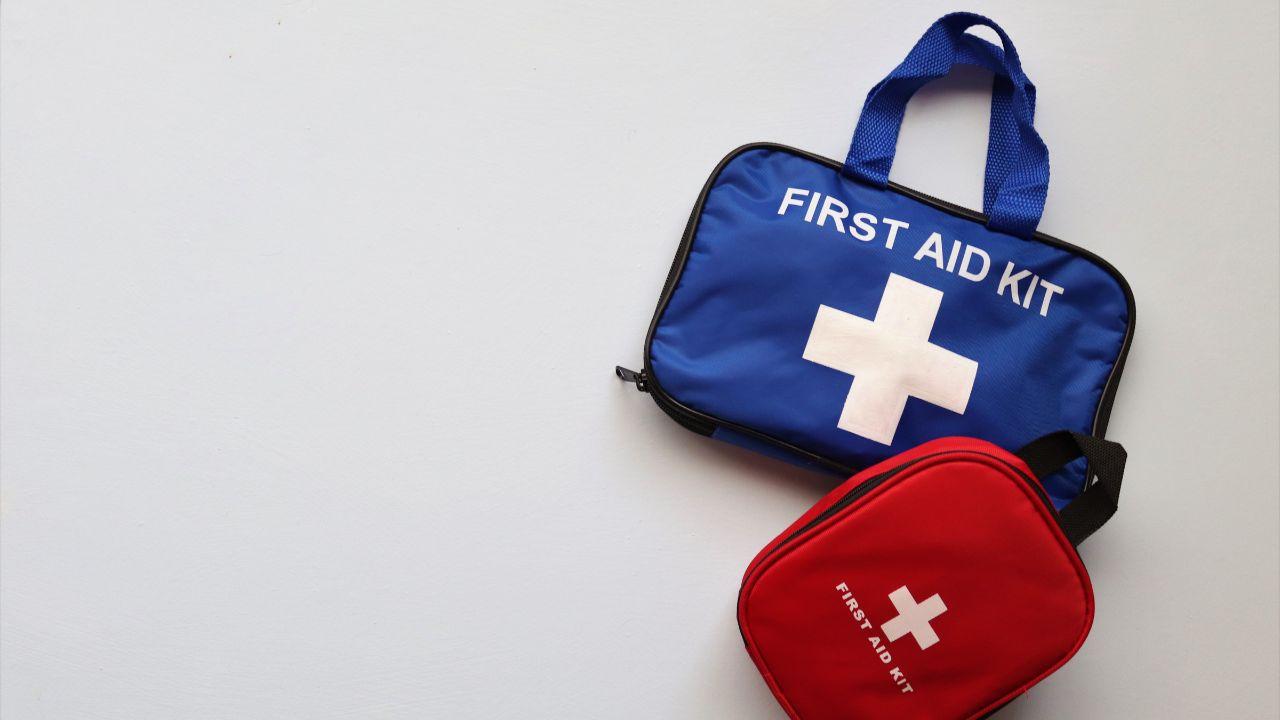First Aid

First Aid refers to the initial care provided to a person who is injured or suddenly becomes ill before professional medical help arrives. The primary goals of first aid are to preserve life, prevent further harm, and promote recovery.
Some general steps to follow when providing first aid include:
- Assess the situation: Make sure the area is safe for both the victim and the responder. Check for any hazards that might threaten your safety, and if necessary, move the victim to a safe location.
- Check for responsiveness: Tap the person’s shoulder and shout, “Are you okay?” to see if they respond. If there is no response, check their pulse and breathing.
- Call for help: If the person is unresponsive, call emergency services immediately. If there are other people around, ask someone to call for help while you attend to the victim.
- Perform CPR: If the person is not breathing or has no pulse, begin performing CPR (Cardiopulmonary Resuscitation) until medical help arrives.
- Control bleeding: If the person is bleeding, apply direct pressure to the wound with a clean cloth or bandage until the bleeding stops.
- Treat for shock: If the person is in shock, have them lie down and elevate their feet about 12 inches. Cover them with a blanket or jacket to keep them warm.
- Treat for other injuries: If the person has any other injuries, such as burns or fractures, treat them accordingly.
It’s important to remember that first aid is not a substitute for professional medical care, and it’s always best to seek medical attention as soon as possible. If you are not trained in first aid, it’s important to seek proper training from a certified organization like the American Red Cross or the National Safety Council.
First Aid Kit

A first aid kit is a collection of supplies and equipment that are used to provide basic medical treatment in emergency situations. While the contents of a first aid kit may vary depending on the intended use and the size of the kit, some basic items that should be included in most kits include:
- Adhesive bandages of various sizes
- Sterile gauze pads and adhesive tape
- Antiseptic wipes or solution
- Disposable gloves
- Tweezers and scissors
- Instant cold pack
- Pain relief medication (such as aspirin or ibuprofen)
- Antihistamine medication for allergic reactions
- CPR breathing barrier mask
- Emergency blanket
- Triangular bandage for use as a sling or to immobilize a limb
- First aid manual or instructions
It’s important to periodically check and restock your first aid kit to ensure that all supplies are up to date and in good condition. You may also want to personalize your first aid kit based on your own medical needs and activities. For example, if you or someone in your family has a severe allergy, you may want to include an epinephrine auto-injector in your kit. Additionally, if you’re traveling in a remote area, you may want to include additional supplies such as a flashlight, extra batteries, and a water filtration system.
Specific Content Keywords : first aid beauty oatmeal mask,adventure medical kits,when using an aed, what is very important to do while the aed is analyzing?,event first observed in 1970,what are you legally required to do before you touch a person when ,responding to an emergency?,aid in self defense crossword,is first aid beauty cruelty free,teen mental health first aid,what are you legally required,to do before you touch a person when responding to an emergency,baby first aid kit,rite aid near me,my medic first aid kit,mental health first aid certification,youth mental health first aid,defibrillator,first aid beauty ingrown hair pads,keep going first aid kit,first aid kit supplies,first aid pdf
first aid kit,first aid notes,7 steps of first aid,first aid treatment,first aid examples,first aid course,basic first aid
first aid kit,first aid notes,first aid pdf,
7 steps of first aid,first aid treatment,
first aid course.

